Crushing French Defense – The Korchnoi Gambit
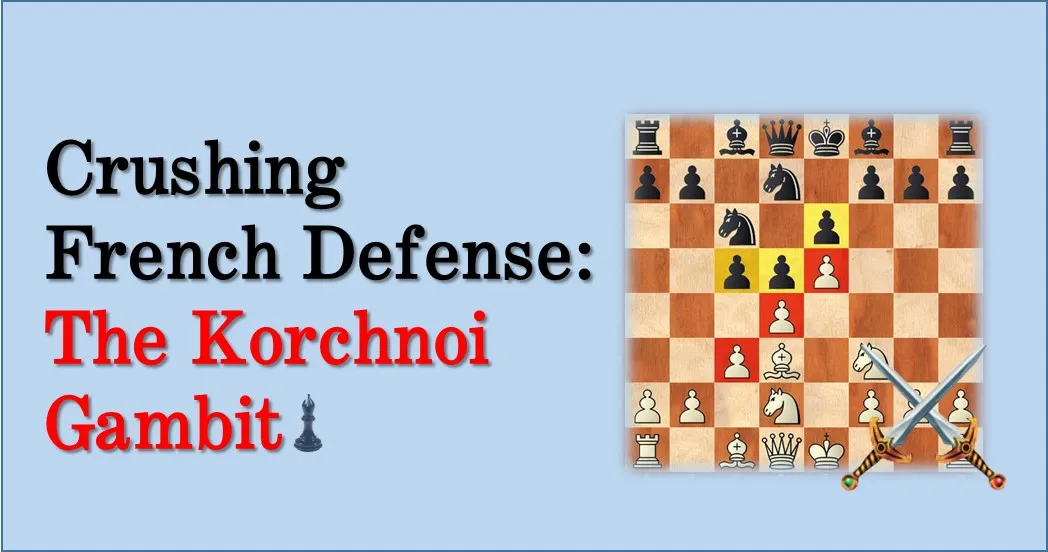
The French is among the most popular defenses against 1.e4 and for a good reason. It is a very solid choice, but at the same time quite aggressive. Black’s counterplay on either wing (this depends on the specific variation) offers him an opportunity to unbalance the game and take white into a very sharp and double-edged battle right from the very first moves.
Let’s take, for example, the Winawer variation.
After the moves:
1.e4 e6 2.d4 d5 3.Nc3 Bb4 4.e5 c5 4.a3 Bxc3+ 5.bxc3 Ne7 6.Qg4 Qc7!? 7.Qxg7 Rg8 8.Qxh7 cxd4
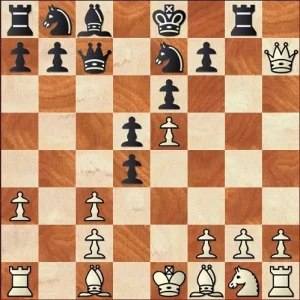
The position in the diagram above is the starting point of a very double edged play. Through the years, white has tried many formulas and plans, but there isn’t any clear path to obtain advantage. However, there is a lot of theory to learn and a lot of memorizing to do, so you can’t play this variation by instinct alone. Some players may already feel uncomfortable as white, not because the position is bad, but because they are going into such a sharp battle after only 8 moves. This is not something that everyone is ready to do as white.
A solution would be to avoid Qg4 and play more positional, with 6.Nf3. This is true, but the move leads to a more positional ground that may not be suitable for you.
Besides 3.Nc3, white has another main response against the French defense, the Tarrasch variation, with 3.Nd2. This line will be the subject of this article. The move 3.Nd2 is known as a less ambitious way to play against the French than 3.Nc3. However, white reduces the number of sharp lines considerably and there is still room for a dynamic and active play.
The line we are going to discuss is unofficially known as ”The Korchnoi Gambit”. The name was given to it after Korchnoi, a French player, used the line once.
Note:In order to improve your play not only you need to study the openings but also you need to concentrate on positional understanding and endgame play.If you want to learn how to play common endgames well, I suggest you checking out our premium training course where we spend a lot of time drilling most often occurring chess endings so that you will not have to guess on the winning approach, but simply would know how to win these positions:
The starting position of this line arises after the moves:
1.e4 e6 2.d4 d5 3.Nd2 Nf6 4.e5 Nfd7 5.Bd3 c5 6.c3 Nc6 7.Ngf3

Even though the line was named after Korchnoi, the very first ideas of the dynamic possibilities that can be used in this gambit were seen in the duel between Marshall and Saemisch. Let’s take a look at the game:
The game is of little theoretical interest, but it is a good example of how white justifies his central pawn sacrifice with:
- Active play on the C file
- Initiative on the kingside
- Using the d4 square as an outpost for his pieces
We can say that these 3 elements are the ones that give white compensation for the sacrificed pawn. You should bear in mind that white must play active, always considering these factors.
In the next examples we are going to analyze the main theoretical branches of the line:
1.e4 e6 2.d4 d5 3.Nd2 Nf6 4.e5 Nfd7 5.Bd3 c5 6.c3 Nc6 7.Ngf3

A) 7…Qb6 B) 7…g6 C) 7…Be7
We will start with the game of the French specialist Viktor Korchnoi, with full annotations. In this game we will examine what happens when black accepts the challenge and grabs the pawn:
Black is not forced to accept the pawn, he has quite a few alternatives and in the next two games we will have a look into 7…g6 and 7…Qb6, followed by 8…g6.
Finally, we will take a look at the line 7…Be7, followed by g5. This is a tricky line, in which black attempts to destroy white’s center by attacking the defending knight on f3. It can also yield black some initiative on the kingside, so it’s definitely one of the main lines to take into consideration.
We hope that, with this article, we have helped you expand your knowledge about the French defense, regardless of the color you want to play it with. As theory and practice never stop, there are many other recent and not so recent game examples of each line presented here. However, the lines exposed are a good point to start learning the basics of the variation and they will hopefully serve you well in your tournament practice.
Note: Openings are no doubt a very important part of chess. If you want to improve your chess level, you need to have a clear study plan. If you aim for a dramatic improvement at chess you need to work on all of the elements of the game in a systematic way:
- tactics
- positional play
- attacking skills
- endgame technique
- classical games analysis
- psychological preparation
- and much more
That seems to be like a lot of things, and that is. But no worries, we have made it easy for you. Our comprehensive training course covers it all and much more. Sign up for 21 Day Training right now!



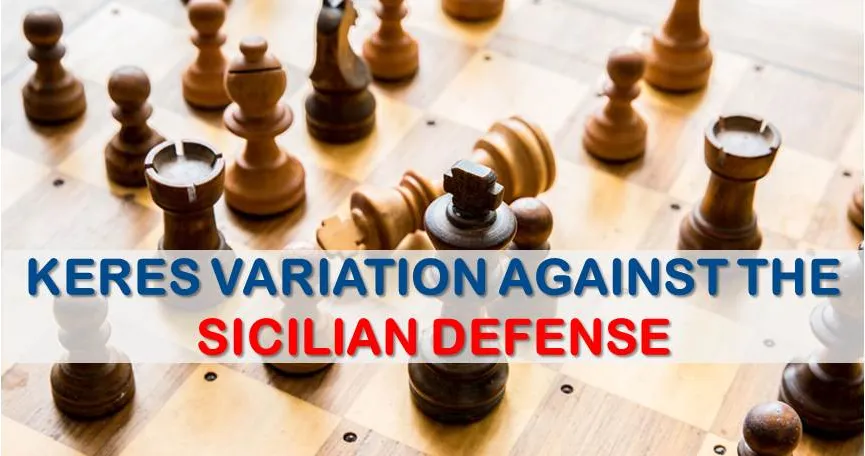
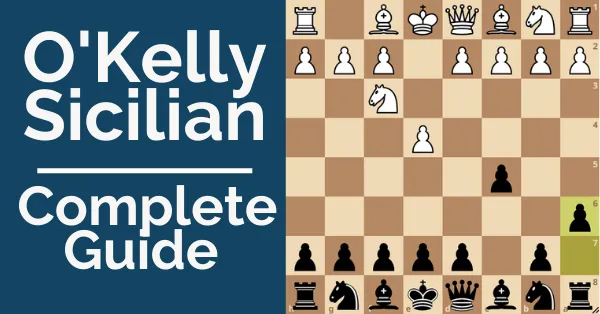
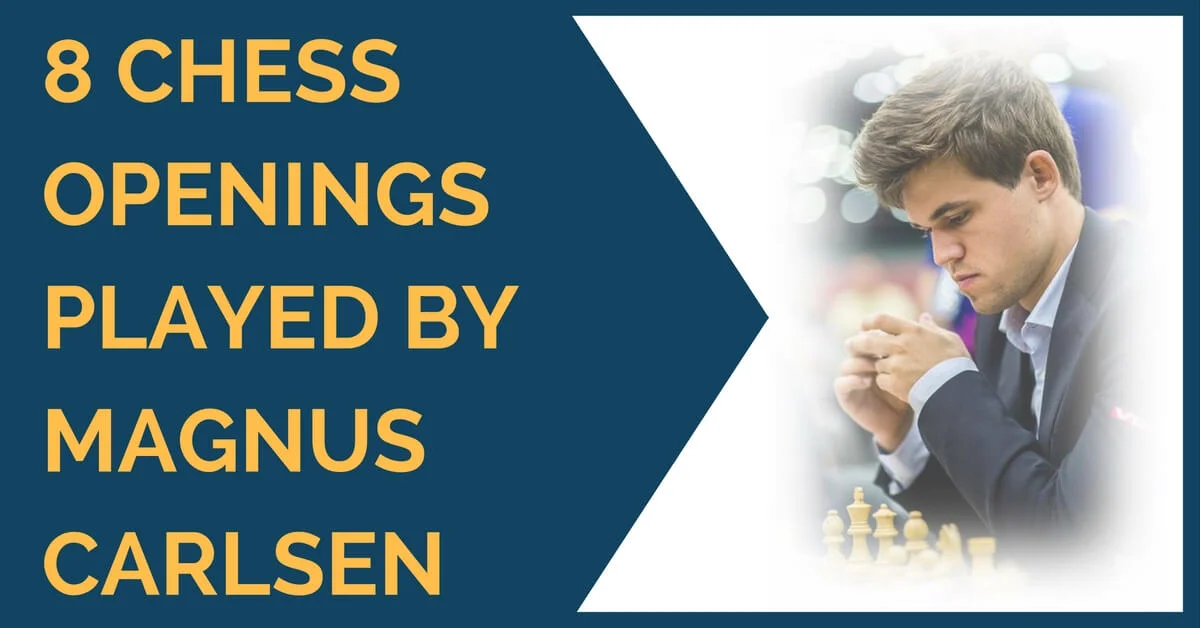




Comments: